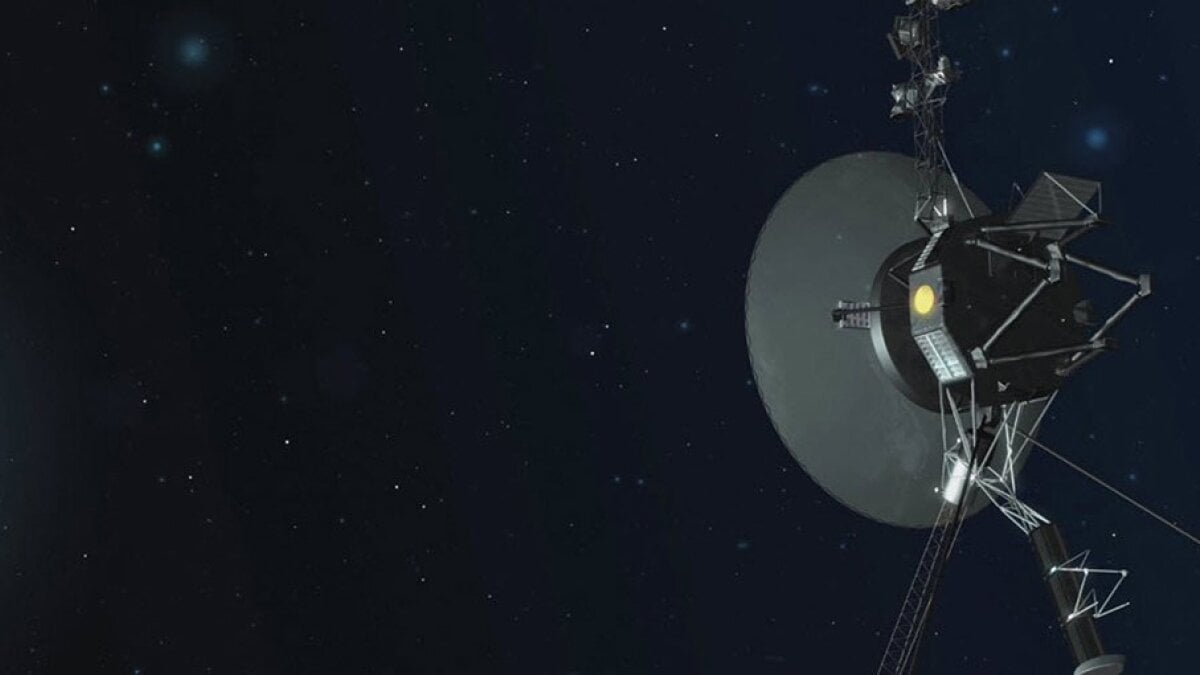There are only two human spacecraft in interstellar space. And their fuel is dwindling.
Voyager 1 – launched in 1977 and no over 15.6 billion mills from Earth – Started out with 10 science instruments, but now just three running after Nasa Turned off another gadget to conserve its finite nuclear fuel supply. And Later this month, the space Agency’s Engineers will turn off another instrument on its explocation sibling, voyager 2.
“The Voyagers have been deep space Rock Stars Since Launch, And We Want to CEEP It that Way as Long as Possible,” Suzanne Dodd, The Voyager Project Manager at Nasa’s Jet Propulsion Laboresion Laborsion, SAID in a statement. “But Electrical power is running lowIf we don’t turn off an instrument on each voyager now, they would probally have only a less more months of power before we would need to declare end of mission. “
With such engineering vigilance and Expert TroubleshootingIT’s Possible The Voyager Craft Can Stay Online Through the Mid-2030s.
Mashable light speed
“You have to praise the engineers.”
The cosmic ray subsystem Experiment is the the cosmic ray of the cosmic ray parties-high-energy atomic particles speeding through the cosmos, created by events like supernova Explosions. This instrument played a Pivotal Role in Revealing when Voyager 1 Had Left Our solar system‘s heliosphere (a bubble of protective particles emitted by the sun) And entred interstellar space in 2012.
This tweet is currently unavailable. It might be loading or has been removed.
One of Voyager 1!
Credit: NASA / JPL-Caltech
The Remining Science Instruments on Voyager Are its Magnetometer, Plasma Wave Subsystem, And Low-Energy Charged Particle Instrument, The Last of which will be shut off in 2026. Will Gradually Produce Less Power; The system has been losing four watts thought year. A toaster uses 800 to 1500 watts, and, amazingly, each voyager craft only Generates Around 249 Watts,
Voyager 1’s Mission will end when it can’t Muster the Energy to Communicate with the Gargantuan radio dishes of Nasa’s Deep Space NetworkWhich are spores Around the globe.
This tweet is currently unavailable. It might be loading or has been removed.
The craft are now approaching 50 years of Deep Space Exclusion, Surviving Extreme Bursts of Radiation and Swoops by ICY Planets. They are robust, Trusty robots, but theywaln’t survive alone. Nasa engineers Have for decades devised ways to keep the aging, radiation-pummeled craft alive, communicating with vintage computers aboard the nearly half-century old probes.
“You have to praise the engineers,” Alan Cumms, A Cosmic-Ray Physicist at Caltech-The Research University that Manages Nasa’s Nasa’s Jet Propultion Laboratory-Told Mashable Last rain.
